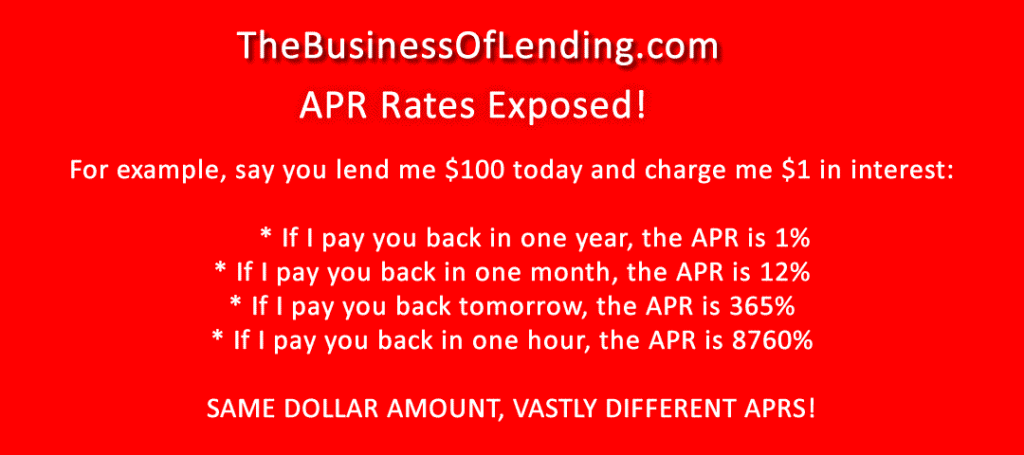
Misconceptions Around Short-Term Loan Costs and the Ineffectiveness of APR
Understanding Short-Term, Small-Dollar Loan Expenses
Short-term, small-dollar loans, often misconstrued in cost discussions, have a straightforward expense structure for consumers: borrowing $100 typically incurs a flat fee of $15 until the next payday.
This model is transparent, with no hidden charges or escalating interest, ensuring that the repayment amount remains constant regardless of the repayment timeframe.
The Flawed Application of Annual Percentage Rate (APR)
Despite regulations mandating lenders to disclose fees as a dollar amount and an APR, the latter is inappropriate for short-term loans.
APR calculations assume the extension of a loan across a year, which misrepresents the actual usage pattern of these loans, often limited to a few weeks or months.
This is akin to comparing the cost of a daily parking space to an annual lease, distorting the true cost of short-term financial solutions.
The Disruption Caused by APR Caps
Attempts by some legislatures to introduce APR caps, essentially at 36%, severely hinder lenders’ ability to operate viably.
For instance, under such a cap, the fee on a $100 loan barely reaches $1.38, which is insufficient to cover operational costs, let alone allow for sustainable business practices.
Moreover, research indicates such caps drastically reduce loan accessibility for subprime borrowers, pushing the average loan size up and reducing the overall loan volume, contrary to consumer welfare.
The Real-World Implications of a 36% APR Cap
The imposition of a 36% APR cap not only fails to cover lenders’ operational costs but also reduces the availability of credit for consumers in dire need.
Historical data and modern analyses suggest that the costs and risks associated with small-dollar lending justify higher interest rates to maintain service accessibility.
Ironically, efforts to protect consumers by capping rates at 36% limit their access to essential financial services during emergencies, driving them towards less regulated or more costly alternatives.
A Call for Reevaluation
The ongoing debates and legislative efforts to cap APRs at 36% overlook the nuances of short-term, small-dollar lending.
A more nuanced approach, acknowledging the unique nature of these loans and the essential service they provide millions of Americans, is crucial.
Legislators and consumer advocates must reconsider the impact of stringent caps on the populations they aim to protect, ensuring that financial regulations foster consumer protection and access to necessary credit.
Ready to Brainstorm? Choose a day/time: LINK
Questions? Need help? Introductions? Reach out to Jer at : TrihouseConsulting@gmail.com
4-WAYS I CAN HELP YOU!
Grab a copy of our “bible:” Learn More
Brainstorm: Learn More
The Business of Lending: Learn More
Free Bi-Monthly Newsletter: Learn More